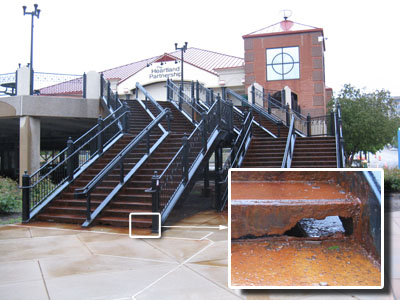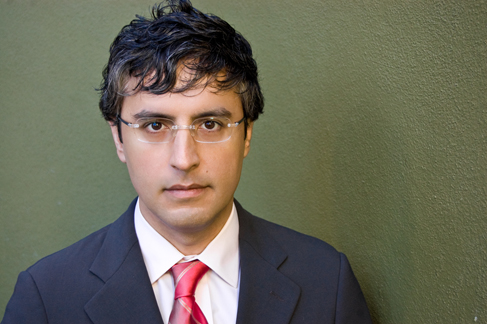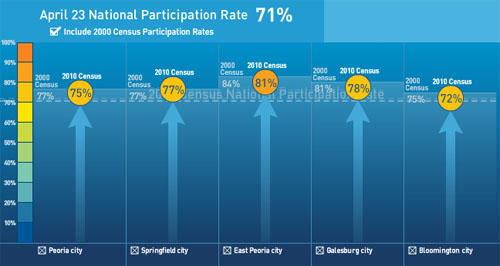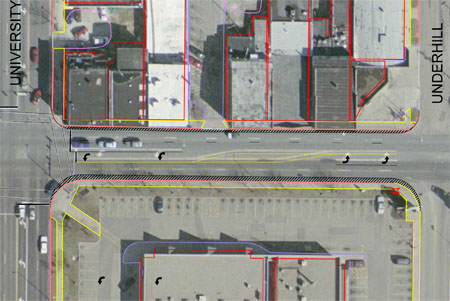Starting in June, The Times of London is going to start charging a subscription fee for online access to their newspaper content. Subscribers to the print edition of the paper will get complimentary online access, but web-only subscribers will have to pay £2 ($4 USD) per week. That’s roughly one-third the price of a print edition subscription.
“Paid content is the only way that we are going to see a sustainable economic model for quality journalism,” explained Times Editor James Harding.
Mr Harding added: “Saying that our journalism is worthless and dumping it free online is not a viable economic model.” Even were The Times to double its online readership over the next five years the revenue created through non-subscription means would be too low to sustain a quality newspaper, Mr Harding said.
Rebekah Brooks, chief executive of News International, added elsewhere in the article, “We are proud of our journalism and unashamed to say that we believe it has value.”
They aren’t the only ones setting up pay walls. The New York Times announced earlier this year, “Starting in January 2011, a visitor to NYTimes.com will be allowed to view a certain number of articles free each month; to read more, the reader must pay a flat fee for unlimited access.” The Financial Times has a similar setup. Those who register can get 10 articles for free every 30 days, but must pay a subscription fee of $3.59 per week for unlimited online access. The Wall Street Journal charges $1.99 per week for online access only, $2.29 per week for a print-only subscription, and $2.69 per week for both.
A recent article in the Online Journalism Review says this is the way all newspapers will eventually go because it’s the only viable business model. “You don’t get free gas from a gas station. You don’t get free meals from a restaurant,” observes the article’s author, Gerry Storch. “So why is the newspaper industry the only one in America that is expected to give its product … in its electronic version … away for free?”
“Giving away information for free on the Internet while still charging 50 cents to $1 for the print version of the paper was one of the most fundamentally flawed business decisions of the past 25 years,” says Prof. Paul J. MacArthur, who teaches public relations and journalism at Utica College. “Newspapers told their paying customers that the information truly had no value. They told their paying customers that they were suckers. Why would anyone pay 50 cents for something he or she can get for free? This poorly conceived and obviously flawed strategy has helped put the newspaper industry into its current financial condition and hastened the demise of many publications.”
I’ve been asking that same thing for years now about the Peoria Journal Star. Why should someone pay $247 per year for the paper’s content (which is continually shrinking, by the way) when they can get the same content for free online? What kind of a business plan is that?
Storch gives his prescription for the newspaper industry: “[E]xcept for the ‘Big Four’ national players, newspapers will not survive unless they 1) convert out of print and totally into the Internet, 2) confine themselves to local news and, most importantly, 3) charge for it.” Overall, I agree with this assessment. However, I don’t think they need to get out of print totally. The market for the printed newspaper will continue to shrink, but will remain at least a niche market forever.
But Storch is correct that a focus on local news — and charging for it — is a must. No one is going to buy the Journal Star for its reprinted Associated Press content. But people will buy the Journal Star for local news. You don’t get local news from the New York Times or the Wall Street Journal or even the Chicago Tribune. That’s the local paper’s competitive advantage, and they need to capitalize on it.
That’s the only way I can see for online newspapers to succeed in the long run. The only future for the free model is dwindling content and bankruptcy.

 The Riverfront Village platform was built in 1999 at a cost of roughly $9.5 million — $4.5 million of which was public tax money that won’t be paid off until 2018.
The Riverfront Village platform was built in 1999 at a cost of roughly $9.5 million — $4.5 million of which was public tax money that won’t be paid off until 2018. On Thursday, April 29, the Peoria Area World Affairs Council will host Reza Aslan, the internationally acclaimed author and media consultant on issues of religion and politics. The author will sign copies of his books, No god but God: The Origins, Evolution, and Future of Islam and Beyond Fundamentalism: Confronting Religious Extremism in a Globalized Age.
On Thursday, April 29, the Peoria Area World Affairs Council will host Reza Aslan, the internationally acclaimed author and media consultant on issues of religion and politics. The author will sign copies of his books, No god but God: The Origins, Evolution, and Future of Islam and Beyond Fundamentalism: Confronting Religious Extremism in a Globalized Age.
